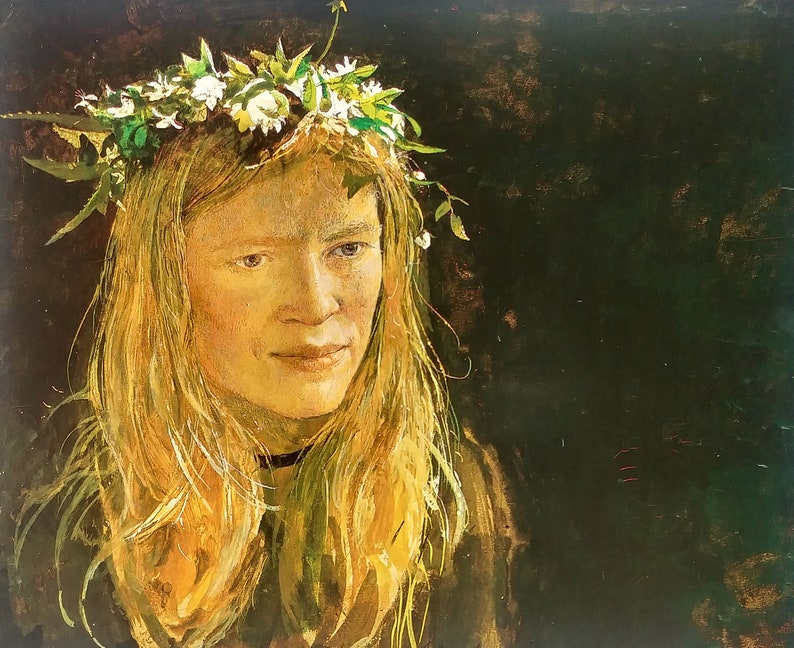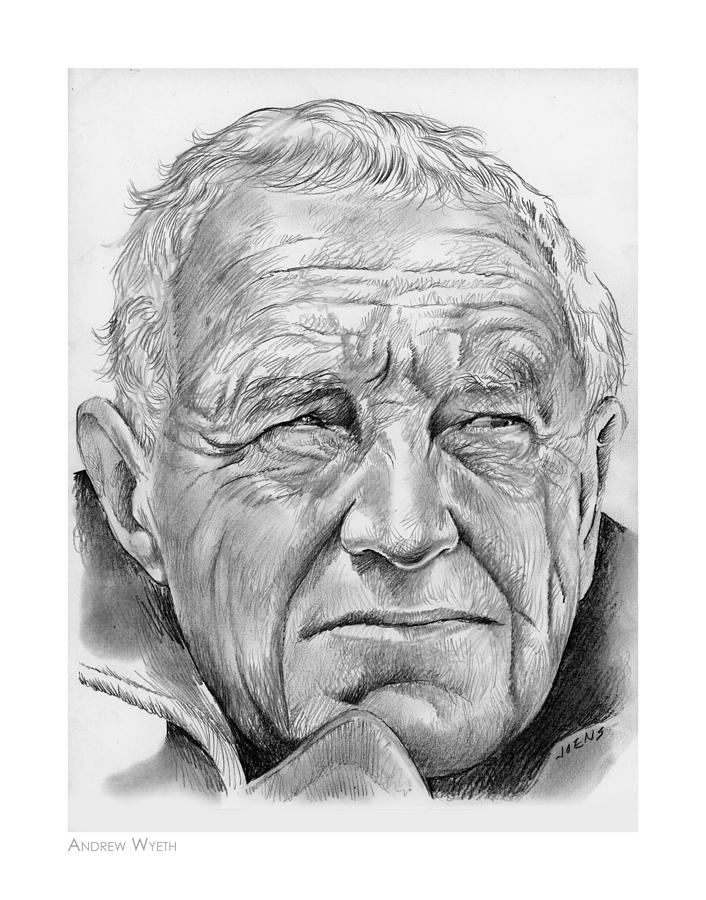

Art historian John Wilmerding wrote, "Such close attention by a painter to one model over so long a period of time is a remarkable, if not singular, circumstance in the history of American art". That's what happened when I saw Helga." He described his attraction to "all her German qualities, her strong, determined stride, that Loden coat, the braided blond hair".

The paintings were stored at the home of his student, neighbor and good friend, Frolic Weymouth.Įxplaining the series, Wyeth said, "The difference between me and a lot of painters is that I have to have a personal contact with my models.

The sessions supposedly were a secret even to their spouses. Wyeth asked Testorf to model for him in 1971, and from then until 1985 he made 45 paintings and 200 drawings of her, many of which depicted her nude. There she raised a family of four children, and acted as caretaker to farmer Karl Kuerner, an elderly neighbor who was a friend and model for Wyeth. By 1961 they were living in Philadelphia, where she worked in a tannery, and they soon moved to Chadds Ford. In 1957, she met John Testorf, a German-born, naturalized American citizen, whom she married in 1958.

After becoming seriously ill she left the convent and lived in Mannheim, where she studied to be a nurse and a masseuse. To John Updike, her body "is what Winslow Homer's maidens would have looked like beneath their calico." īorn in Germany, Helga entered a Prussian Protestant convent chosen by her father in 1955. Helga "Testy" Testorf was a neighbor of Wyeth's in Chadds Ford, Pennsylvania, and over the course of fifteen years posed for Wyeth indoors and out of doors, nude and clothed, in attitudes that reminded writers of figures painted by Botticelli and Édouard Manet. 1939 ) created by American artist Andrew Wyeth between 19. The Helga Pictures are a series of more than 268 paintings and drawings of German model Helga Testorf (born c. Testorf portrayed in Braids (1979) by Andrew Wyeth


 0 kommentar(er)
0 kommentar(er)
